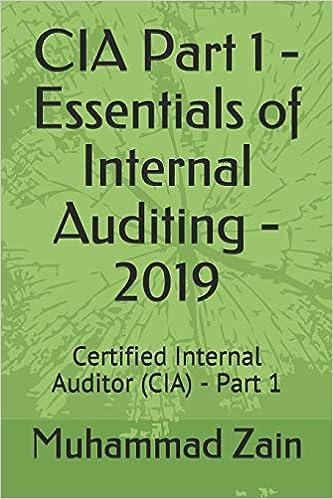LULU Uveledu rdte. Question 37 (1 point) If a company applies overhead to production with a predetermined overhead rate, a credit balance in the Factory Overhead account at the end of the period means that: OA) The overhead was underapplied for the period. B) Actual overhead was greater than the overhead amount applied to production. C) The balance will be carried forward to the next period as an overhead cost. D) Actual overhead incurred was less than the overhead amount applied to production. E) The bookkeeper has made an error because the debits don't equal the credits. Question 38 (1 point) E) Capitalized costs. Question 10 (1 point) Product costs: A) Are expenditures identified more with a time period rather than with units of product. O B) Are expenditures necessary and integral to finished products. c) Are moved to the income statement for any unsold inventory at the end of the year. OD) Are expensed on the income statement when incurred. E) Include selling and administrative expenses. Question 11 (1 point) UE) Does not change with the volume of activity. Question 7 (1 point) Which of the following is an indirect cost of manufacturing scooters? A) Scooter assembly wages. B) Assembly worker employee benefits. C) Brakes O D ) Supervisor salary. E) Wheels. O E) Just-in-time. Question 6 (1 point) A direct cost is a cost that is: O A) Identifiable as controllable. B) Traceable to multiple cost objects. OC) Traceable to the company as a whole. O D) Traceable to a single cost object. E) Does not change with the volume of activity. Question 7 (1 noint) E) Just-in-time manufacturing. Question 4 (1 point) Continuous improvement: A) Is possible only in service businesses. B) is not applicable to most businesses. O C) Strives to preserve acceptable levels of performance. D) Encourages employees to maintain established business practices. E) Rejects the notion of "good enough." Question 5 (1 noint) Saved Question 1 (1 point) Managerial accounting information: O A) is generally the only accounting information available to managers. B) is used mainly by external users. O C) Has little to do with controlling costs. D) Involves gathering information about costs for planning and control decisions. OE) Can be used for control purposes but not for planning purposes. Duties












